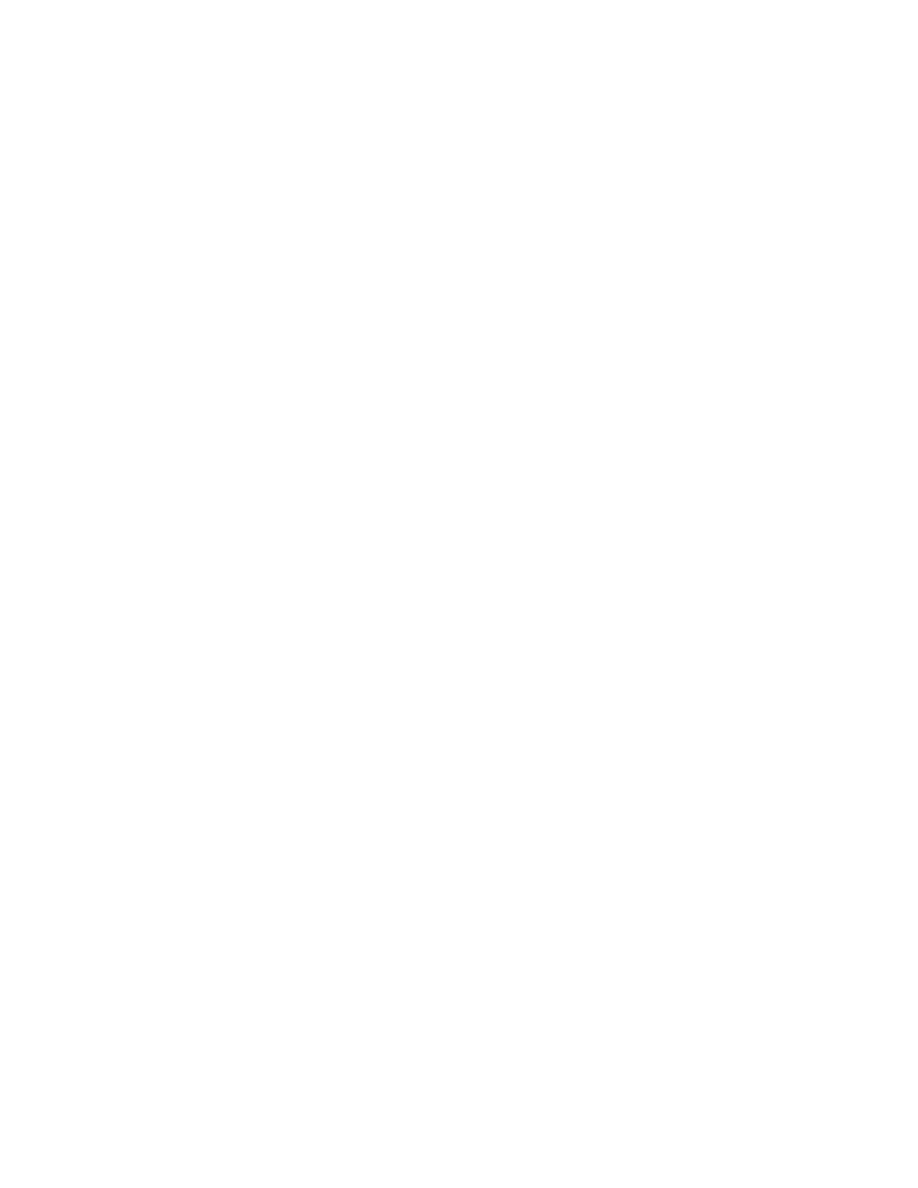Aerostar 2WD V6-182 3.0L (1995)

of the brake surfaces. Lathe turn the rotor if hand sanding of any foreign matter on friction surfaces does not correct the condition, or if
measured runout exceeds0.254mm (0.010 inch) total indicator reading.
^
To check rotor runout, first eliminate the wheel bearing end play by tightening the adjusting nut to specifications. Then check to be sure the
front disc brake rotor can still be rotated.
^
Clamp a dial indicator to the spindle knuckle assembly so the stylus contacts the rotor approximately 25.4mm (1 inch) from the outer edge.
Rotate the rotor one turn (360 degrees) and take an indicator reading. If the reading exceeds 0.08mm (0.003 inch) total lateral runout, replace
or resurface the front disc brake rotor.
2. The following requirements must be met when resurfacing front disc brake rotors:
^
Use a disc brake lathe to resurface the front disc brake rotors. Follow the manufacturer's instructions.
^
The minimum overall thickness specification shown on each rotor allows for a 0.762mm (0.030 inch) machining cut plus 0.762mm (0.030
inch) additional wear. If rotor thickness falls below the minimum, it must be replaced.
^
After lathe turning, the finished brake surfaces of the rotor should be flat and parallel within 0.05mm (0.002 in.); lateral runout should not
exceed 0.076mm (0.003 inch) total indicator reading.
^
Measure the thickness of the brake linings. If the lining thickness at any point on the assembly is less than 1.5mm (1/16 inch) above the
backing plate or if the lining shows evidence of brake fluid or oil contamination that is causing a brake pull, replace all four rear brake shoes
and linings (2200).
^
Thickness on each face must be uniform.
